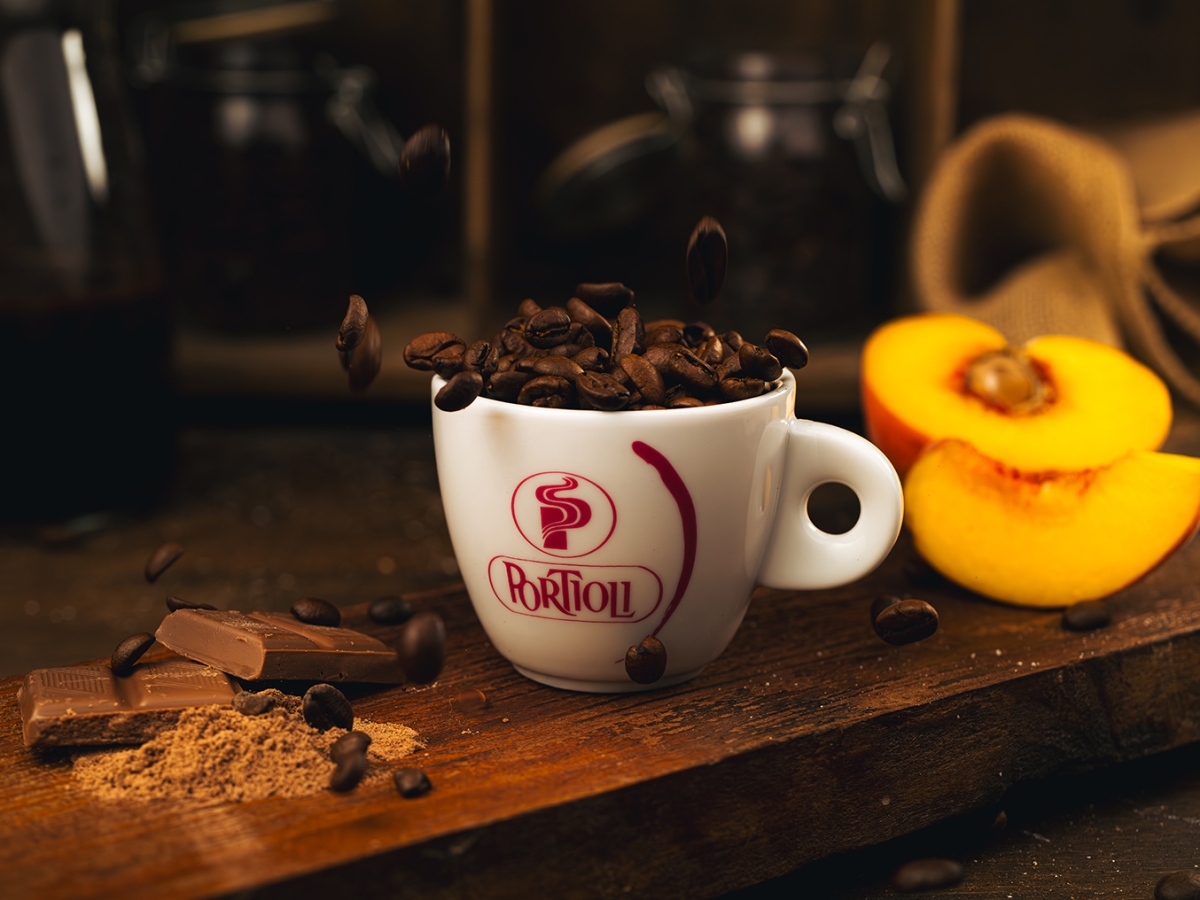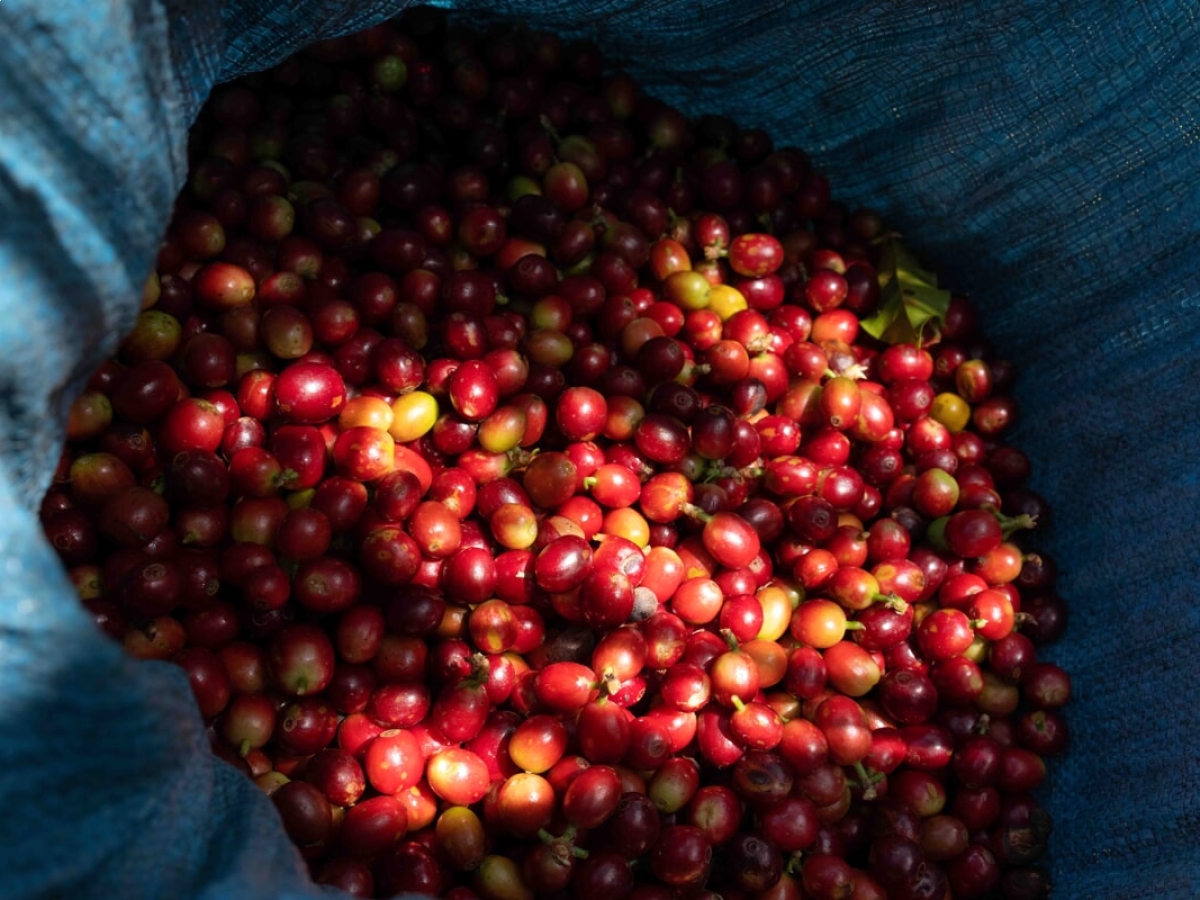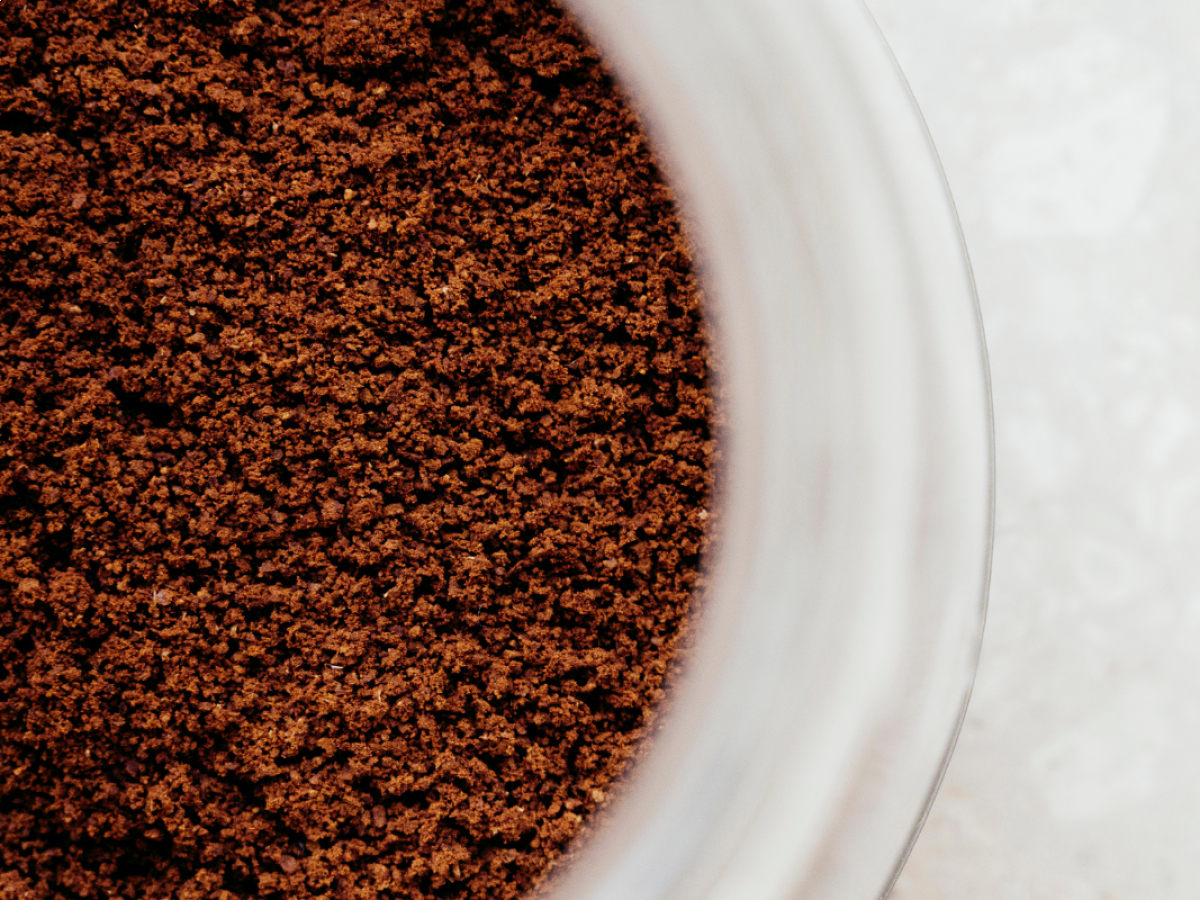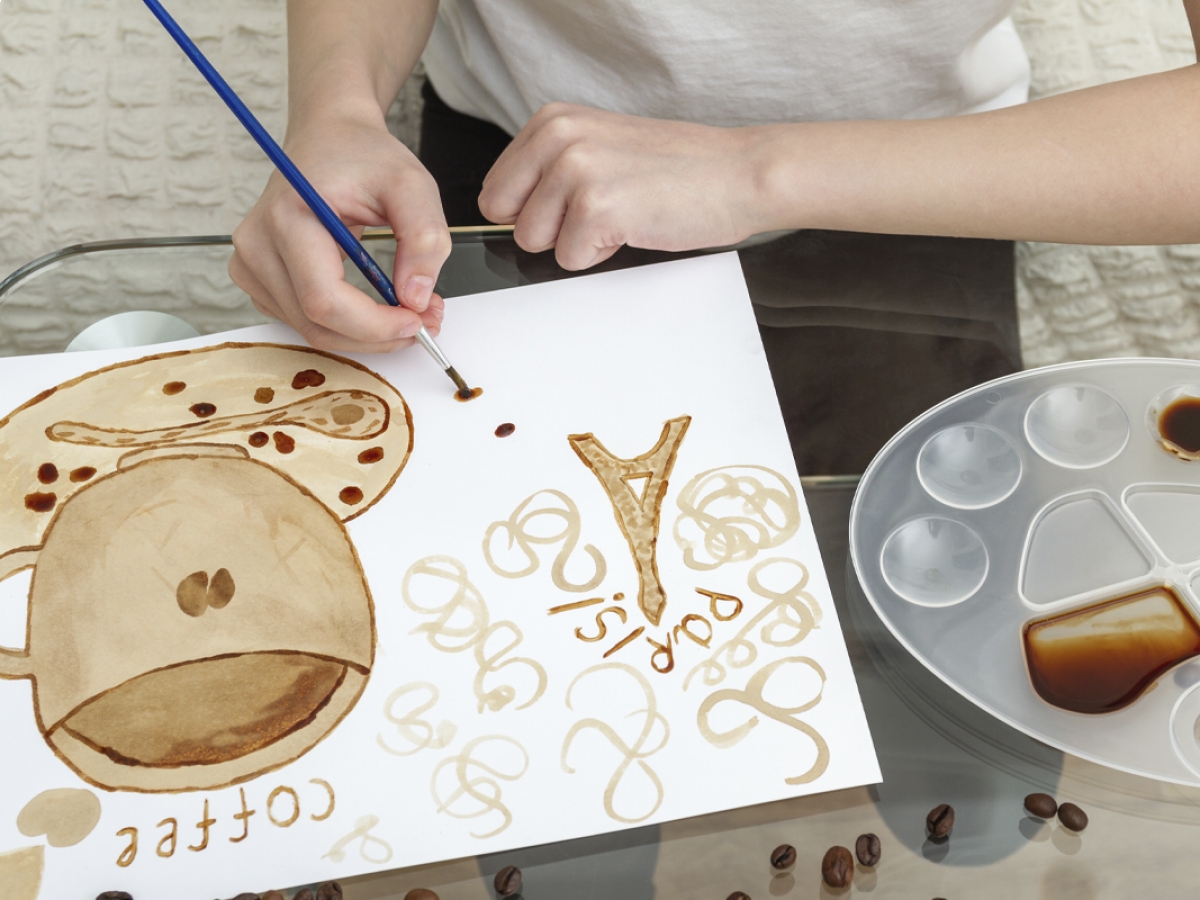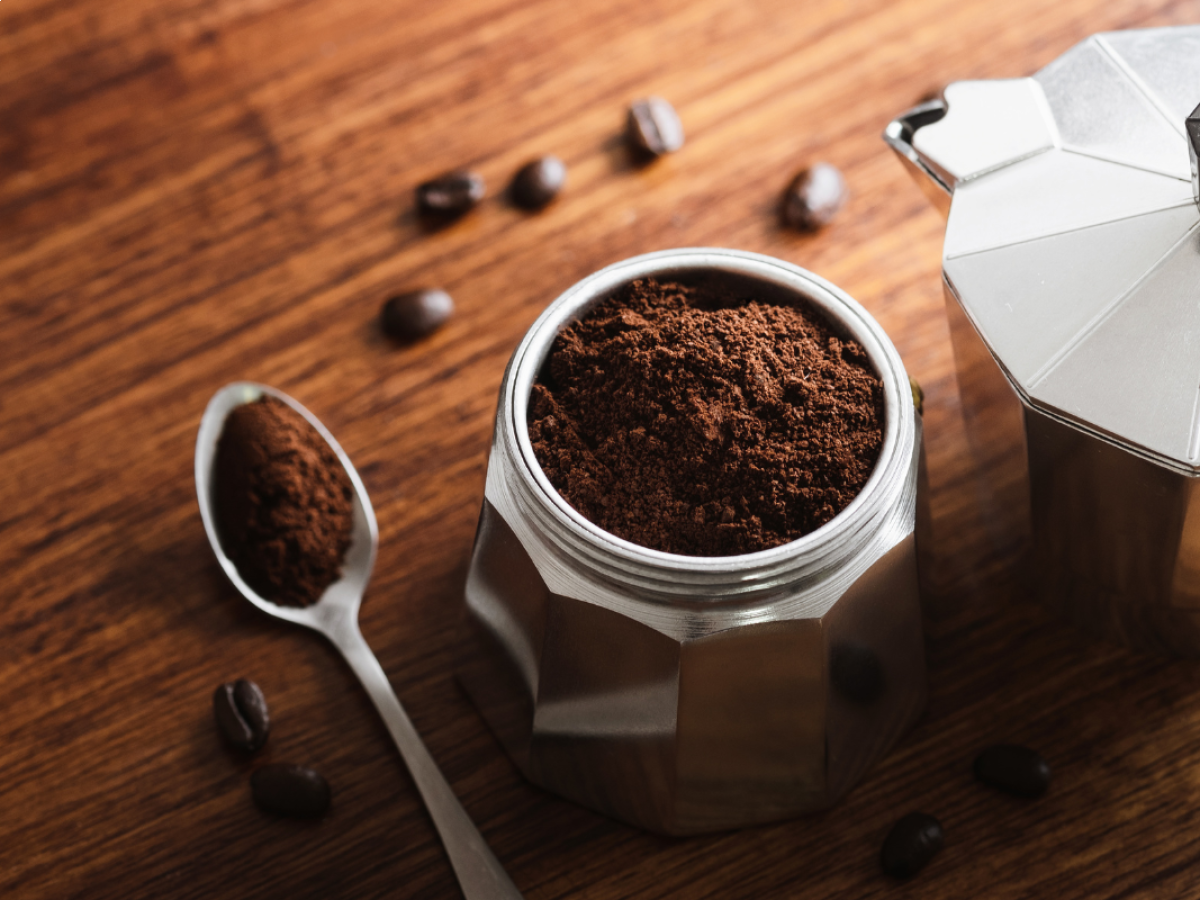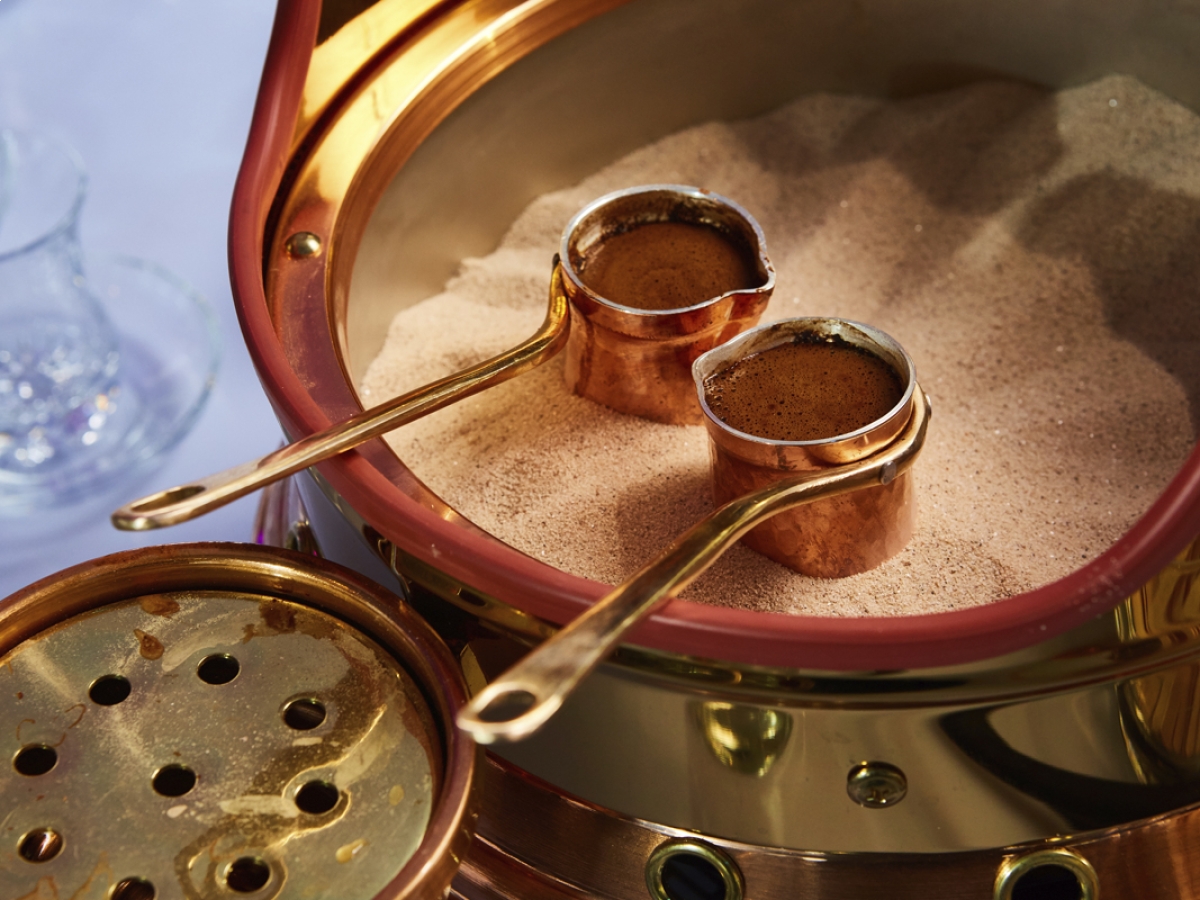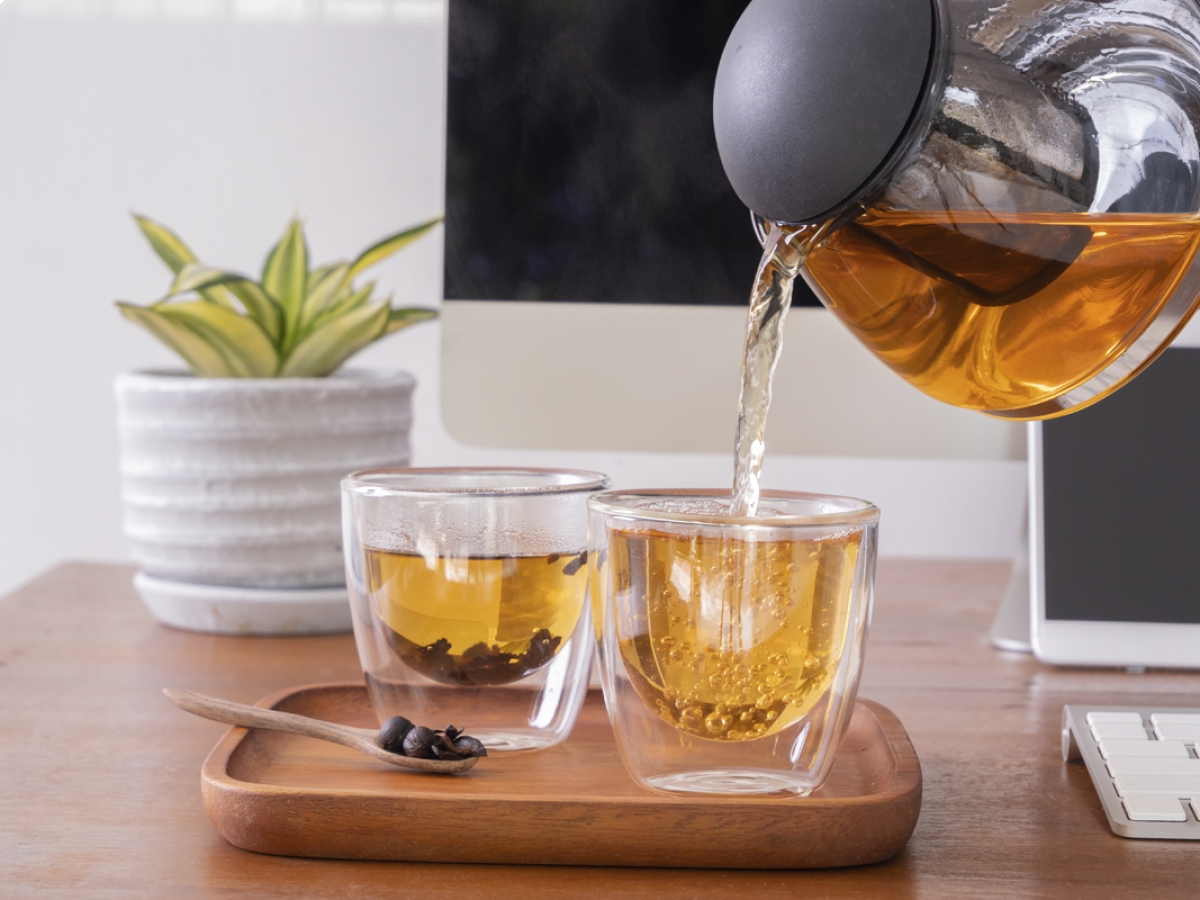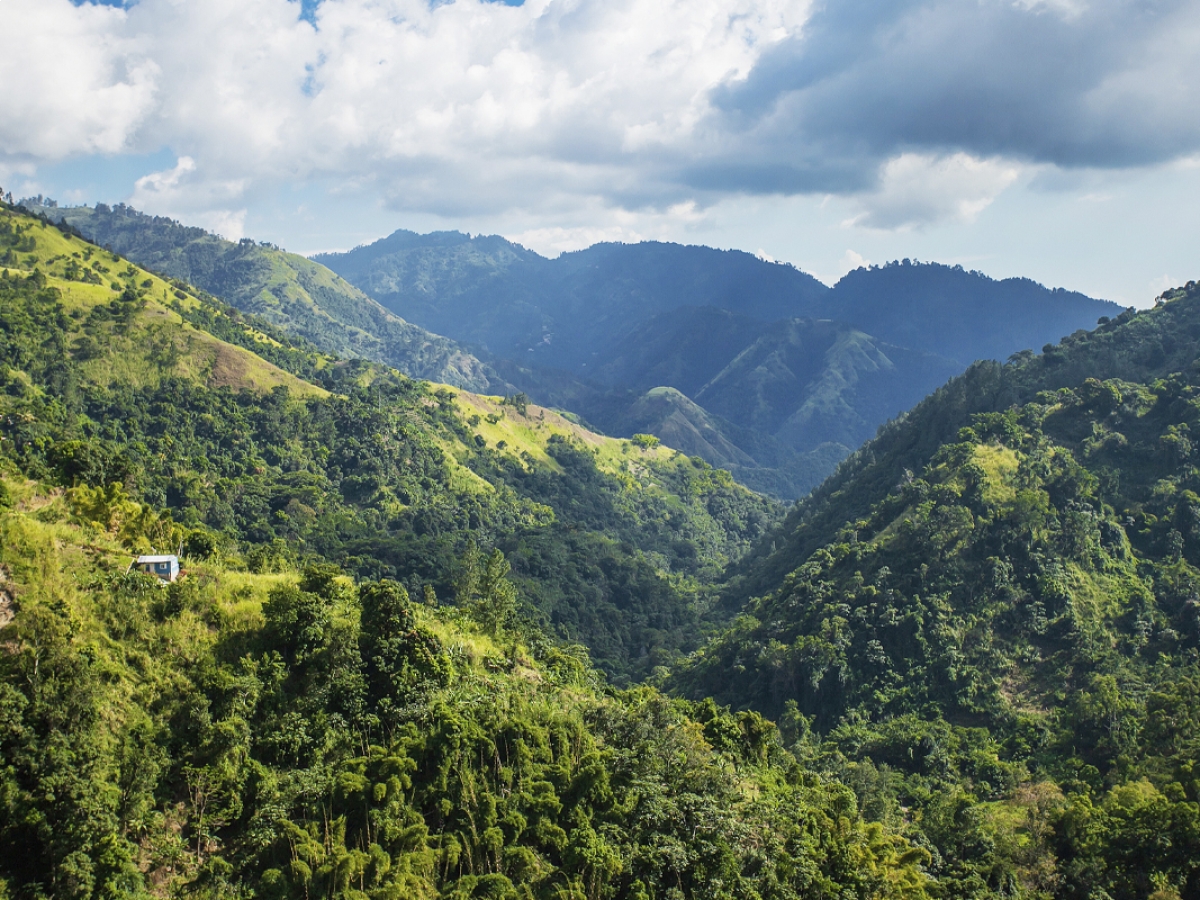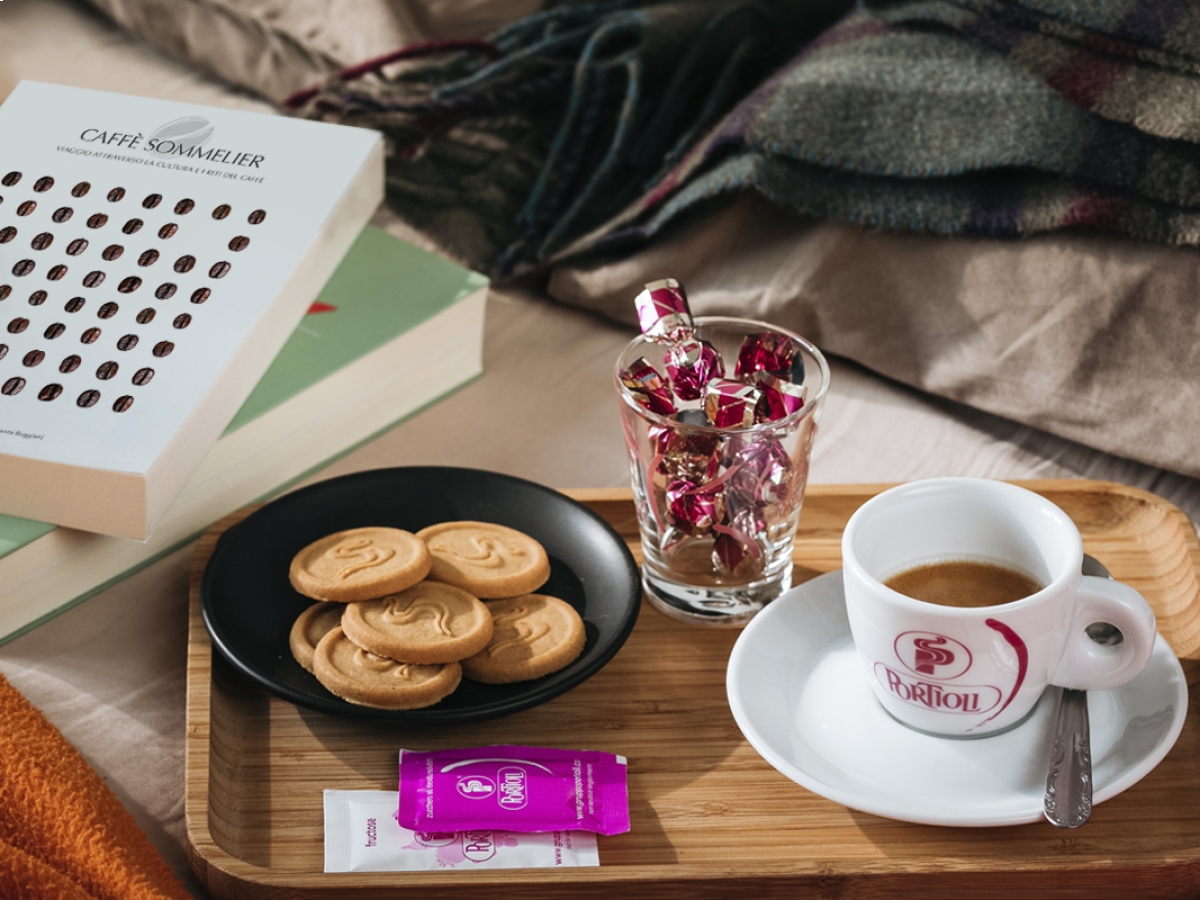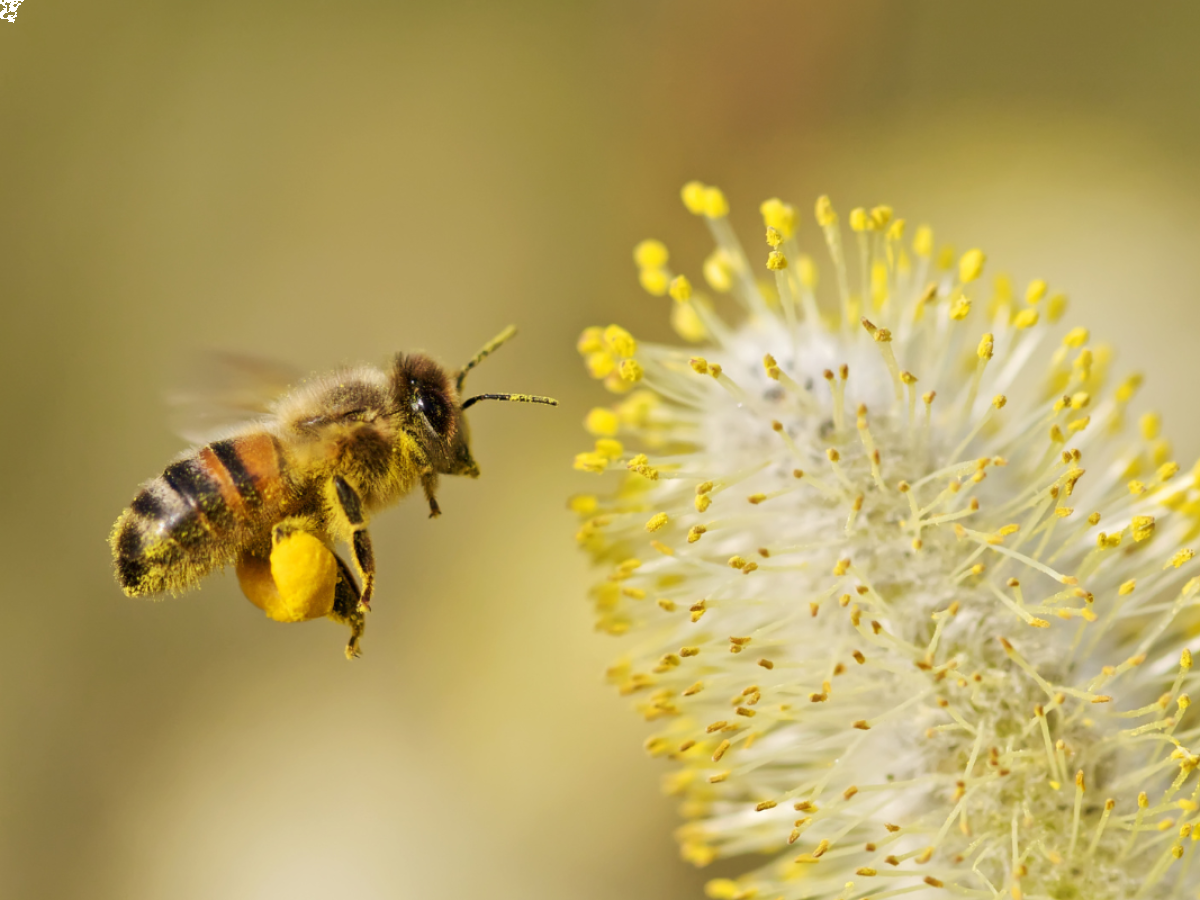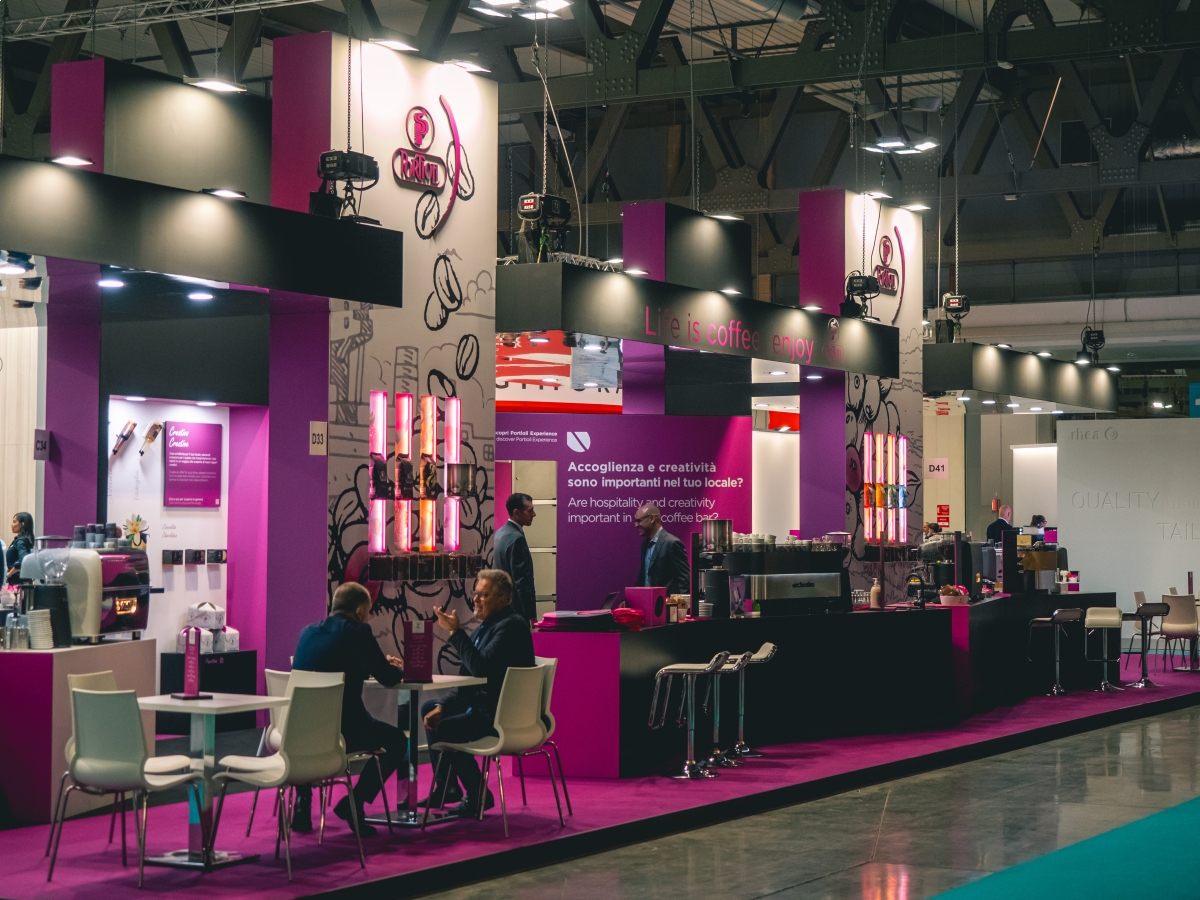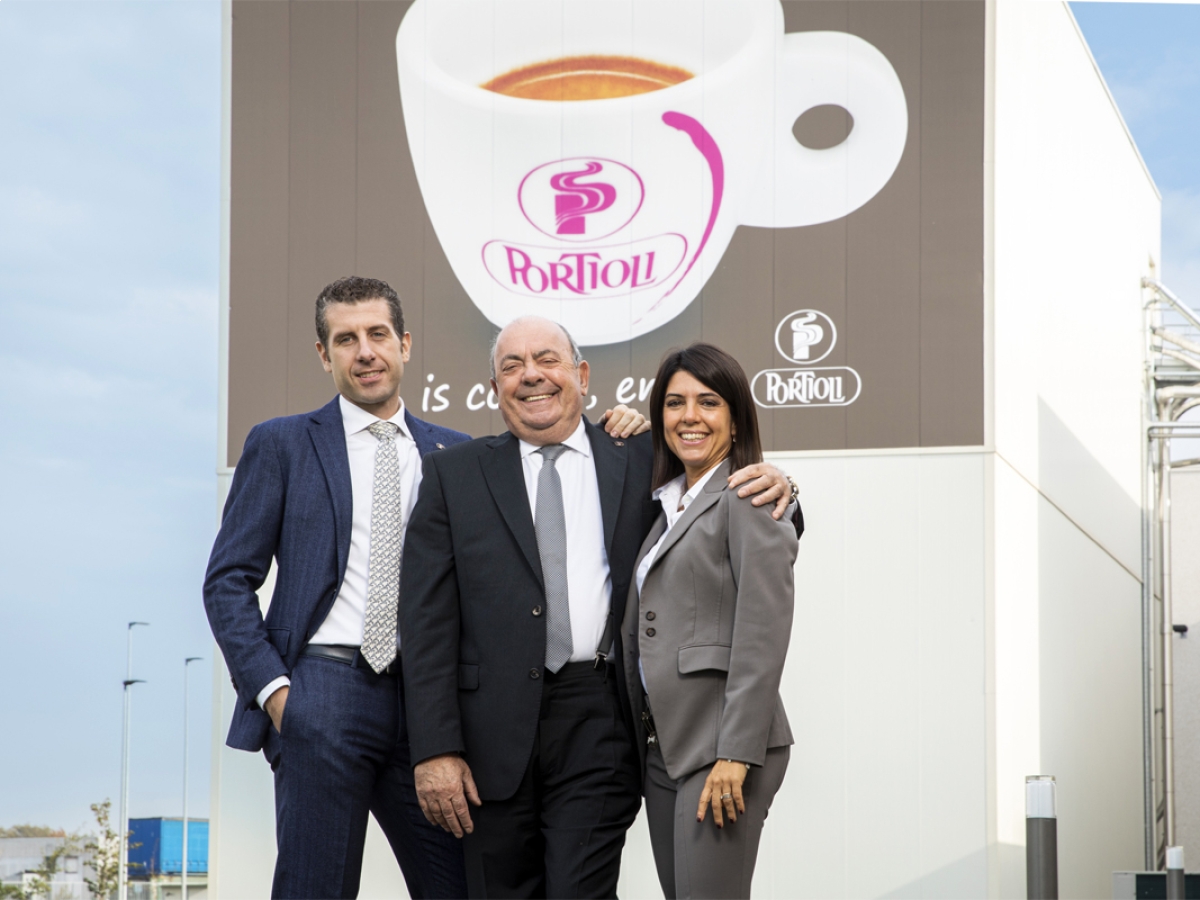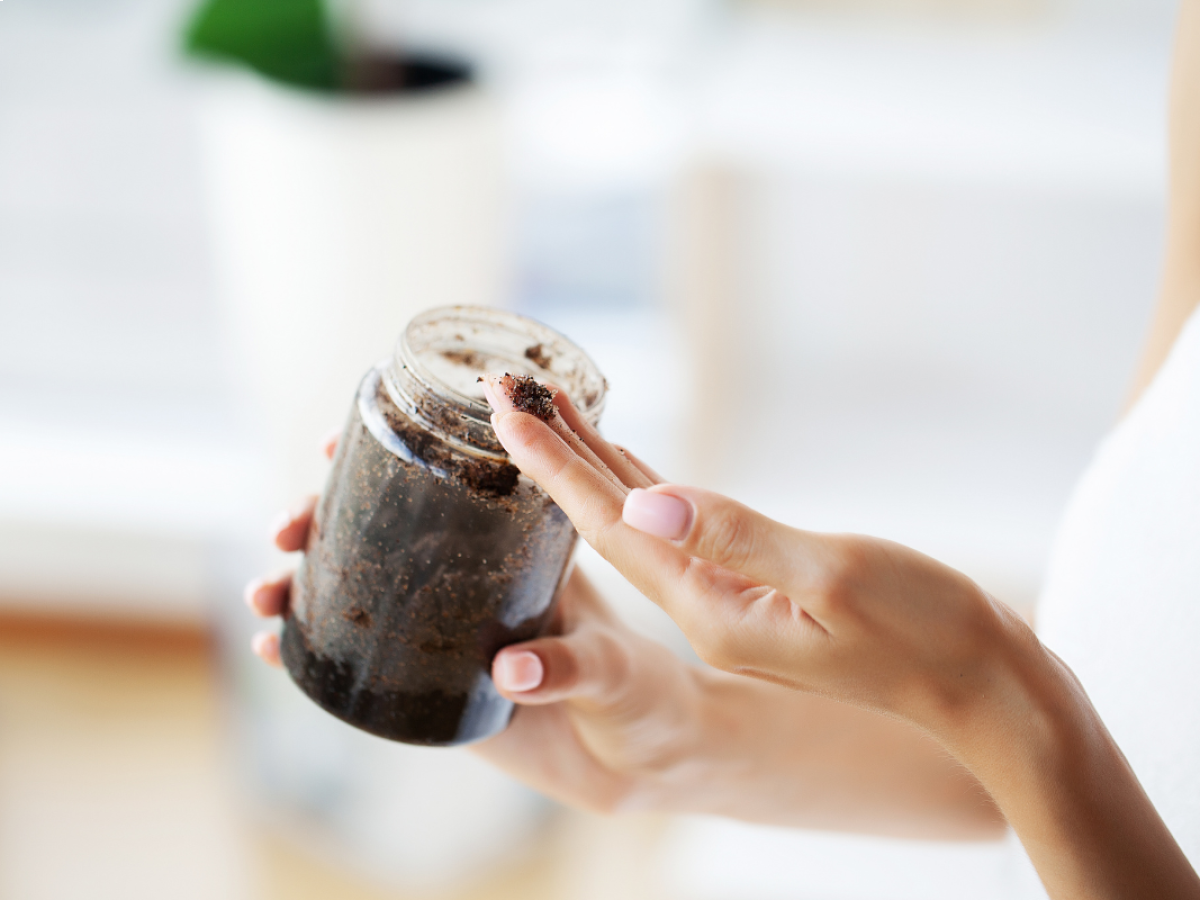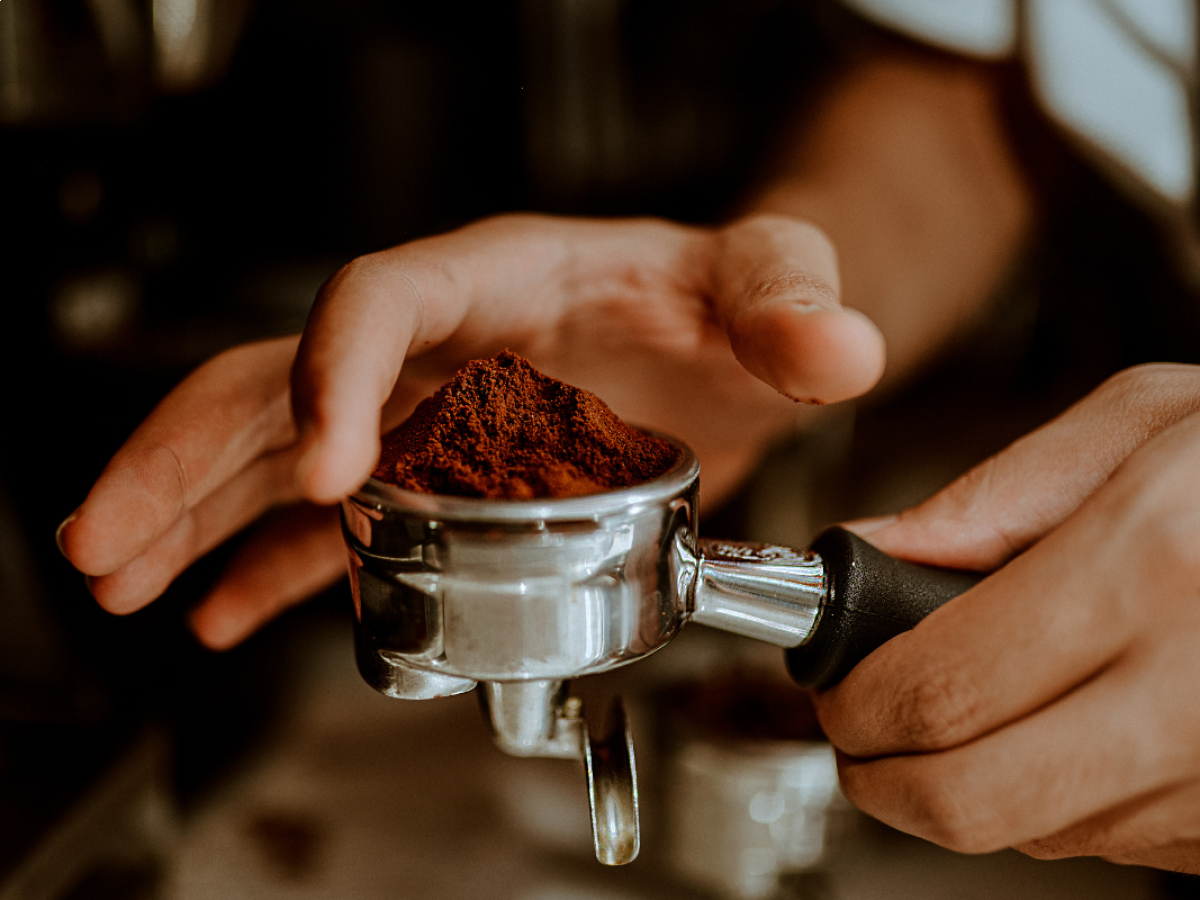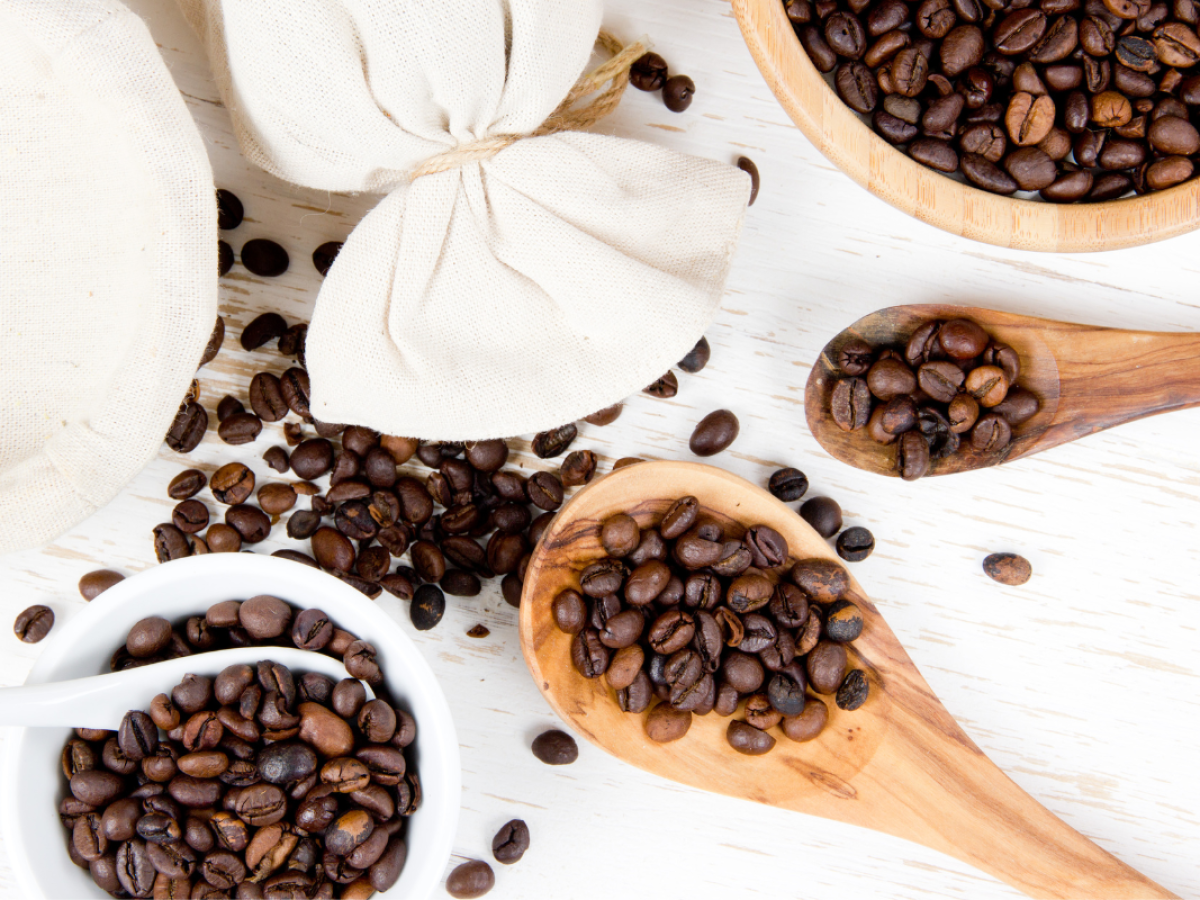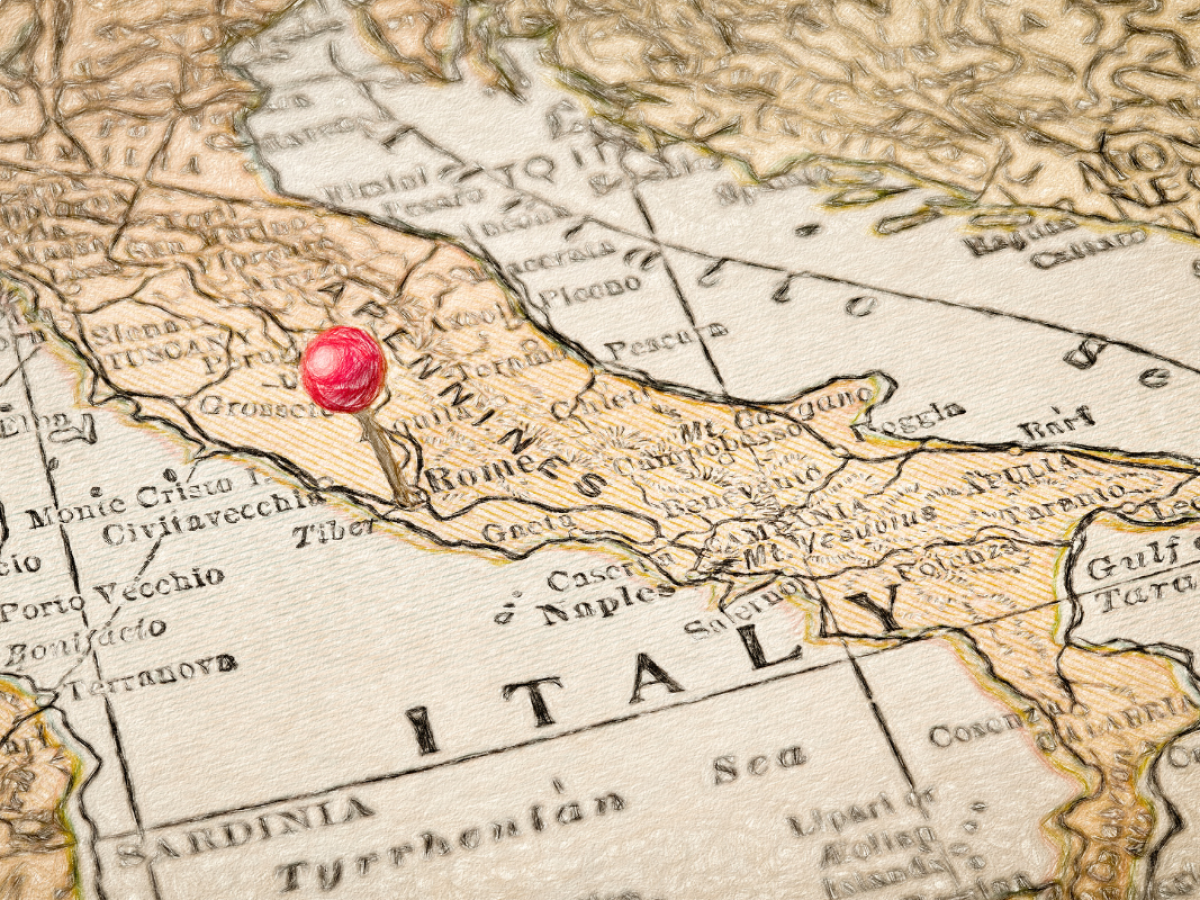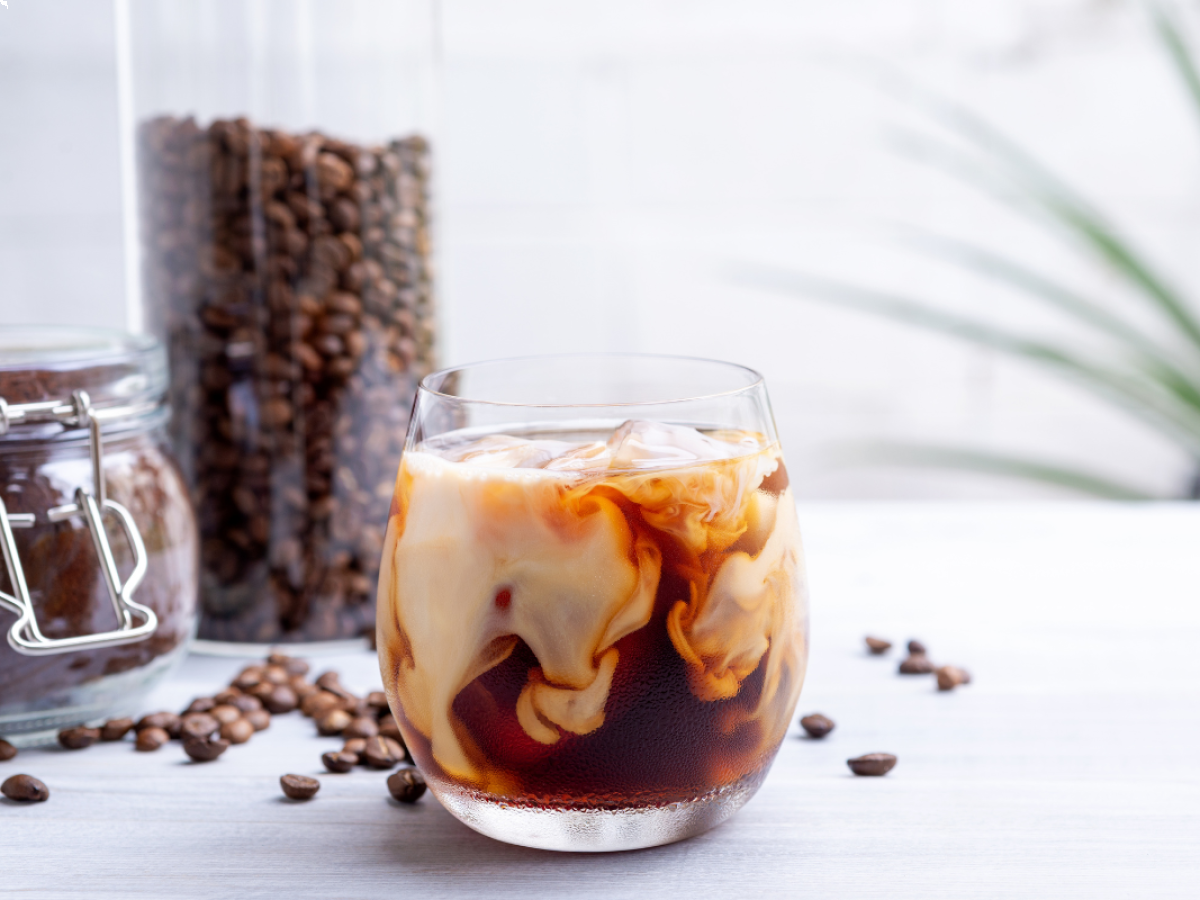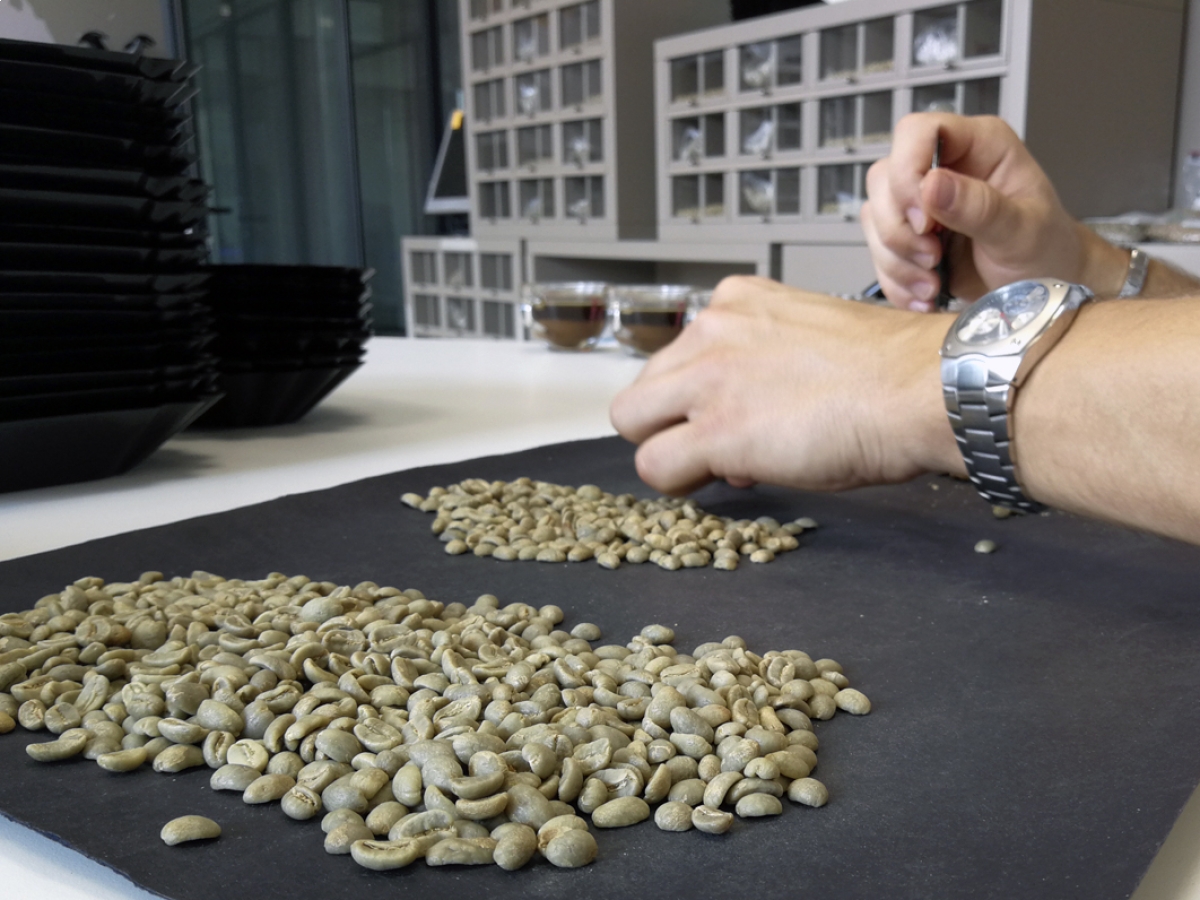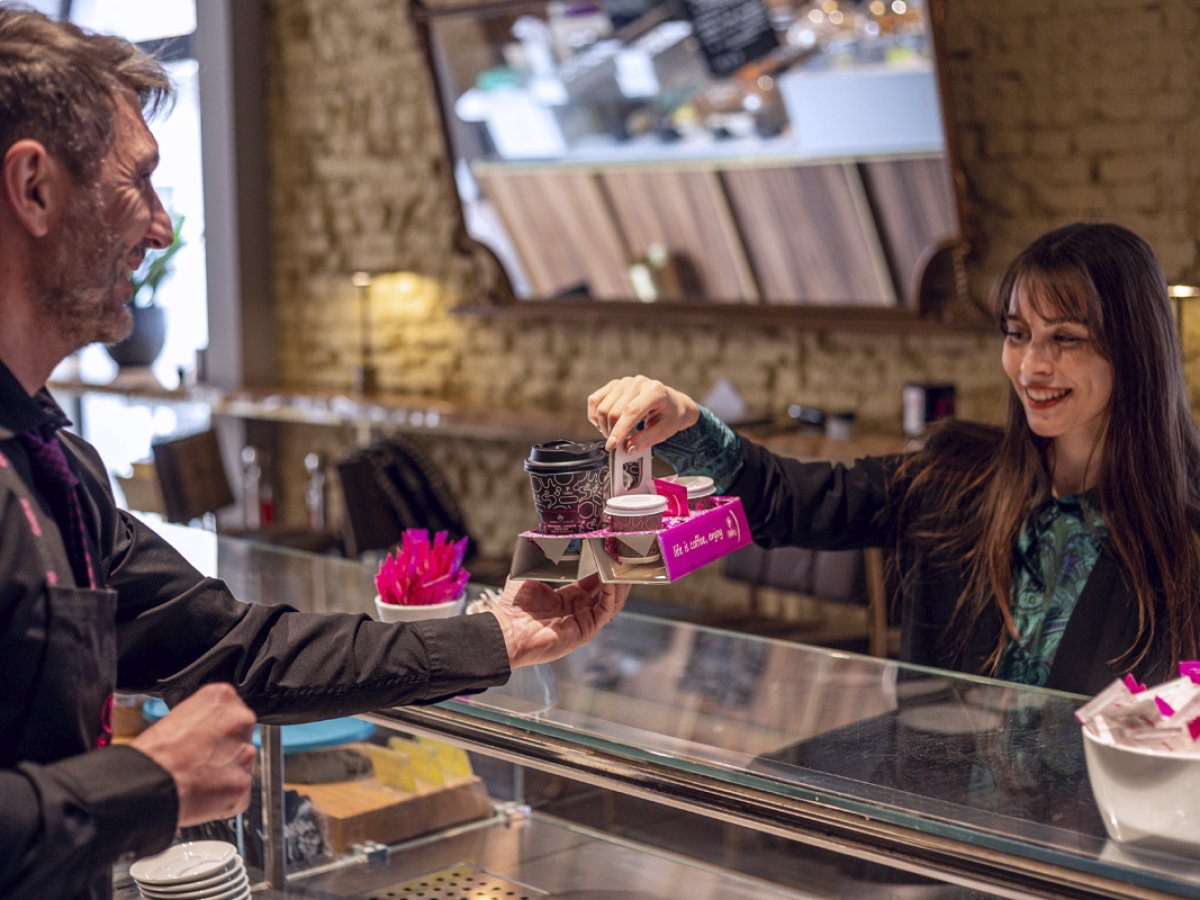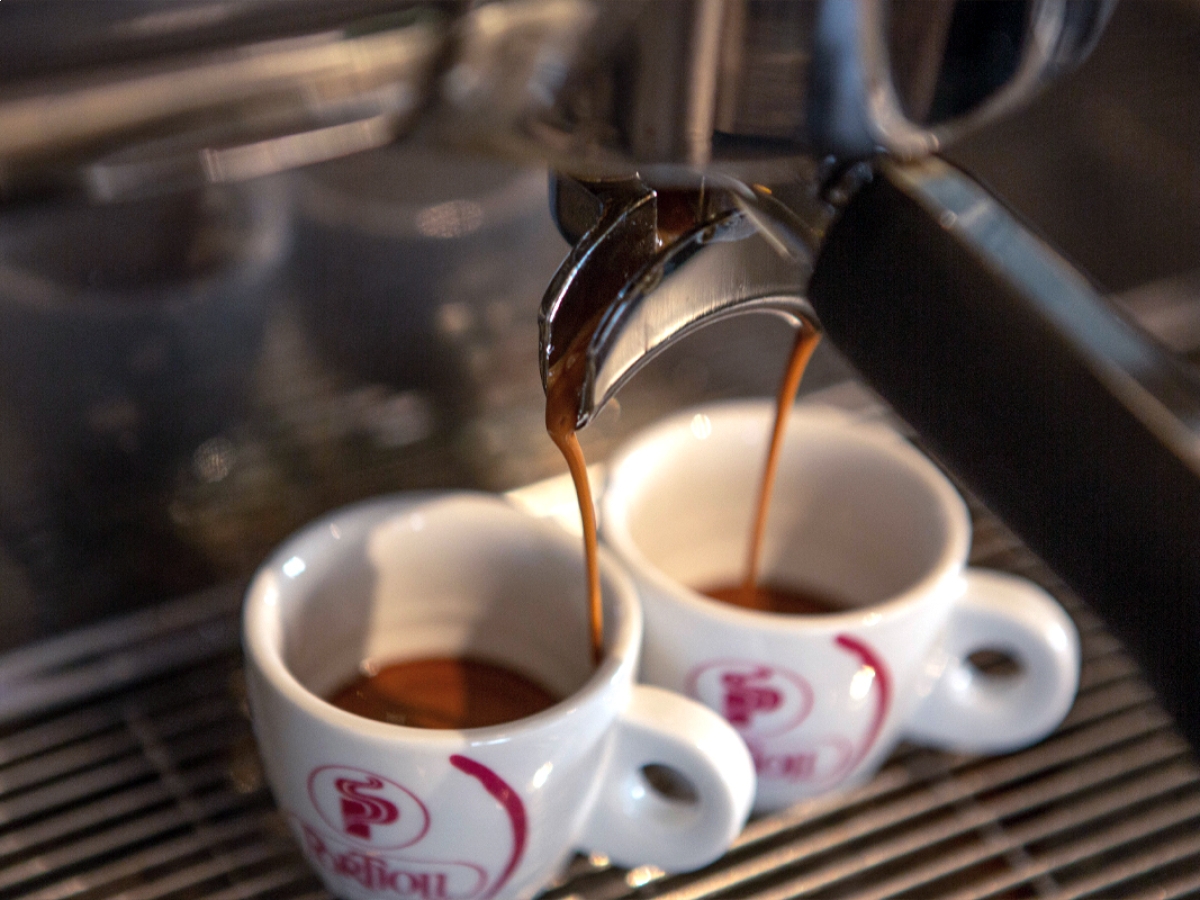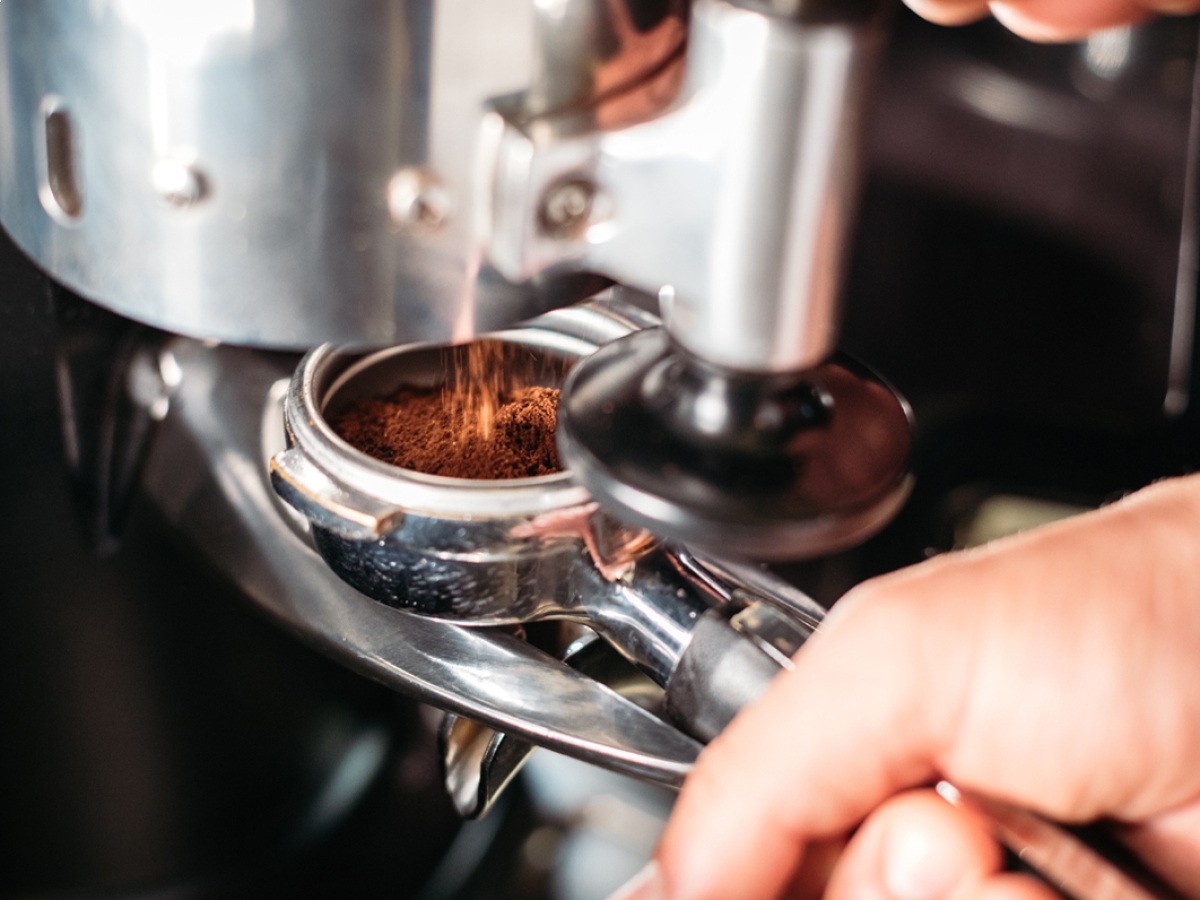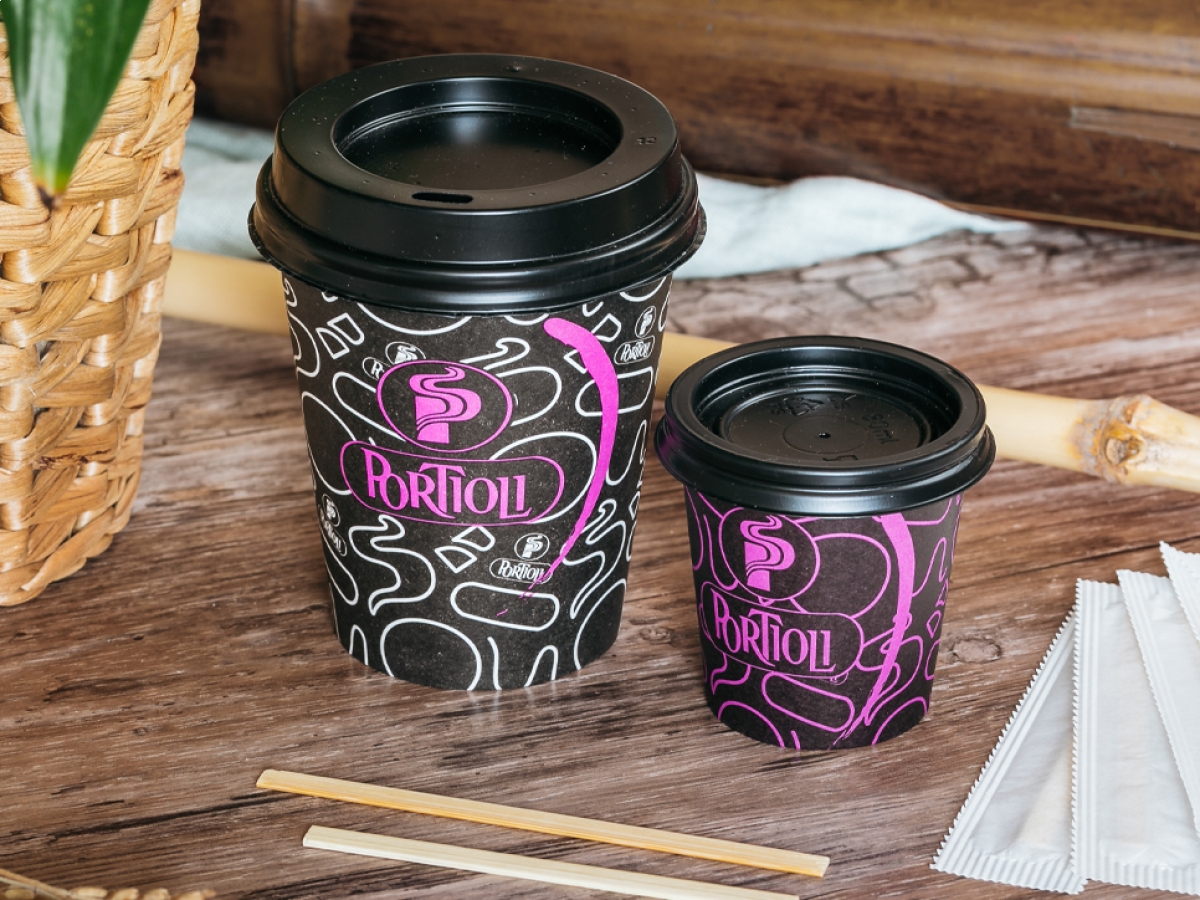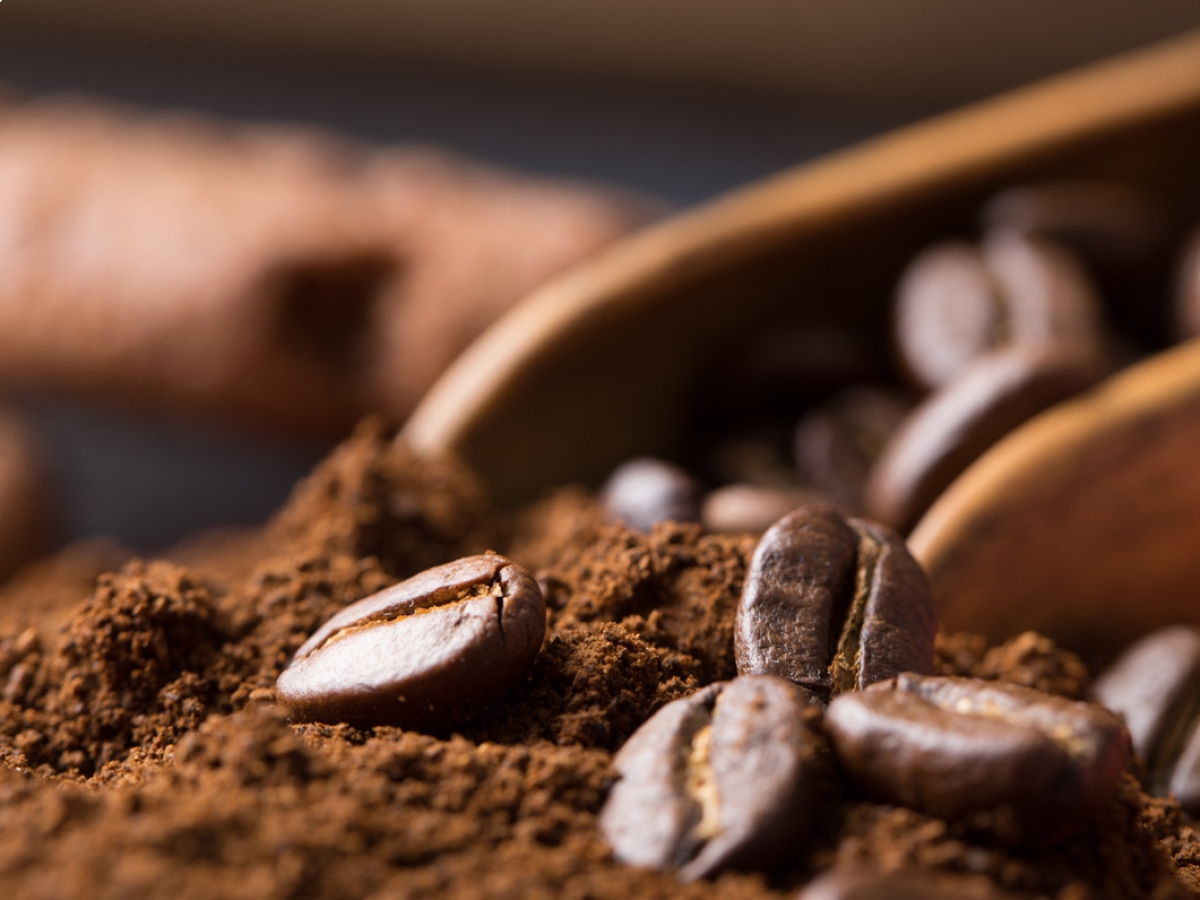
Coffee is a beverage that has been appreciated all over the world for centuries. Its history has ancient roots and there are many stories related to its discovery and spread around the world. However, today, coffee is not just a common beverage; it is also a unique taste and sensory experience that can only be appreciated through a true art of tasting. In this article, we will explore the secrets of how to appreciate a quality coffee.
How to prepare a coffee tasting and what are the parameters to evaluate
Coffee is a beverage that arouses unique emotions and sensations. To appreciate a quality coffee at its best, it is important to follow a number of precautions when preparing and tasting it. In this section, we will explore how to prepare a coffee tasting and which are the parameters to evaluate in order to appreciate it at its best.
Coffee preparation
To prepare a cup of coffee, it is important to choose the right amount of coffee beans and grind. In general, the amount of coffee needed for one cup is about 7-8 grams. Furthermore, it is important to choose the right grind of the beans, depending on the preparation method you want to use. For example, for moka, the grind should be medium, while for espresso it should be fine.
Once you have chosen the beans and the grind, you can proceed to prepare the coffee. There are many methods to prepare coffee, such as moka, espresso, French press, Chemex and many others. In general, coffee should be prepared with fresh, clean water at a temperature of about 90-95 degrees Celsius. It is also important to use a clean and in good condition coffee maker.
Coffee tasting
When tasting a coffee, it is important to pay attention to several parameters, which influence the flavour and aroma of the drink. Generally, tasting consists of three stages: appearance, sense of smell and sense of taste.
In the “appearance” phase, the colour and consistency of the coffee cream is assessed. The cream should be uniform, persistent, with hazelnut, and golden hues. The consistency should be dense and homogenous, with no visible particles.
In the “sense of smell” phase, the intensity and quality of the coffee aroma is assessed. The aroma should be intense and pleasant, with notes ranging from fruity to floral, from chocolate to roasted, depending on the blend dispensed.
In the “sense of taste” phase, the balance of flavours, sweetness, acidity and bitterness is assessed. The coffee must be balanced, with the right combination of sweetness, acidity and bitterness. The sweetness should be lightly present, while the acidity should be balanced and not too pronounced. Bitterness is physiologically present in coffee and it is the roaster's skill to balance the roast so as not to bring out too much bitterness.
How to taste coffee to appreciate its aromas and flavours
To appreciate a quality coffee, it is important to taste it carefully, using all the senses to evaluate the aromas and flavours of the drink.
First, it is important to savour the coffee in small sips, to perceive the variety of flavours and aromas released. It is advisable to hold the coffee in your mouth for a few seconds to appreciate its characteristics.
As far as aromas are concerned, different notes can be distinguished: each type of coffee has its own characteristic notes, which can be perceived with a good sense of smell. Generally, it is possible to smell the coffee before drinking it, to grasp the aromas.
As far as flavours are concerned, coffee can have different nuances, varying from sweetness to acidity, from bitterness to aftertaste. Sweetness may come from sugar or fruity notes, while acidity may come from floral notes or acidic beans. Bitterness, on the other hand, is a typical characteristic of coffee, which is perceived especially in the final stage of tasting. The aftertaste, on the other hand, is the sensation one feels after drinking the coffee, which can be pleasant and persistent.
Related articles
Portioli Express
Home and office shopping
Experience authentic Italian espresso right at home with our premium blends in a variety of formats.
Go to the shop










